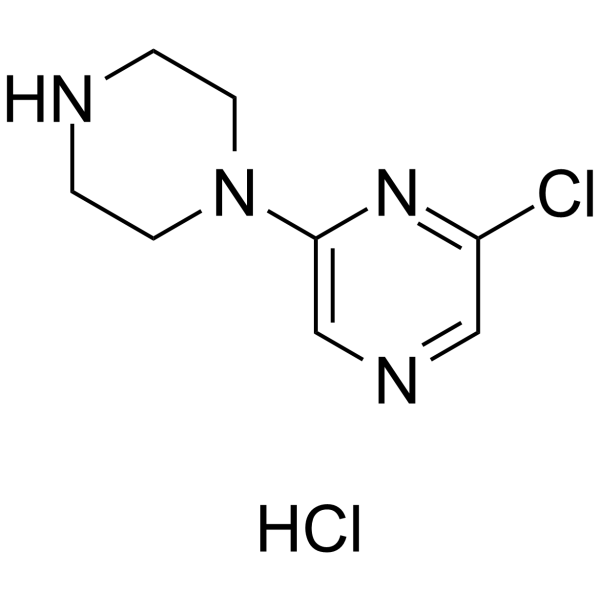Discriminative stimulus effects of serotonin agonists, neutral antagonists, and inverse agonists in pigeons: perspectives on intrinsic efficacy measurements in vivo.
Martilias Farrell, Sharon Rosenzweig-Lipson, Ellen Walker
Index: Psychopharmacology 211(2) , 149-59, (2010)
Full Text: HTML
Abstract
The extended ternary complex theory of receptor function states a ligand can be classified as an inverse agonist, agonist, or neutral antagonist based on its ability to preferentially stabilize the inactive conformation, the active conformation, or to have no preference for conformational state, respectively.While serotonin(2C) (5-HT(2C)) receptor ligands are classified accordingly in vitro, whether the phenomenon of inverse agonism manifests itself and/or is physiologically relevant in vivo is unknown.Therefore, we tested a range of proposed agonists, neutral antagonists, and inverse agonists with activity at 5-HT(2C) receptors in three groups of pigeons trained to discriminate saline from: 1.0 mg/kg MK212, an agonist; 0.1 mg/kg methysergide, a proposed neutral antagonist; or, 10 mg/kg mianserin, a proposed inverse agonist.Based on the patterns of substitution, the discriminative stimulus effects of MK212 appear to be mediated through agonist actions and the stimulus effects of methysergide and mianserin appear to be mediated through antagonist actions. Selective 5-HT(2B/2C) inverse agonist SB206,553 (1 mg/kg) blocked the MK212 discriminative stimulus cue and substituted (0.32-10 mg/kg) in both methysergide- and mianserin-trained pigeons, confirming a 5-HT(2C) receptor role in mediating these discriminative stimuli. Inverse agonists and neutral antagonists fully substituted for methysergide. In addition to SB206,553, methysergide (0.032-1.0 mg/kg) and 5-HT(1A) agonist 8-OH-DPAT (0.32-1.0 mg/kg) substituted completely for mianserin suggesting a complex discriminative stimulus profile for this proposed inverse agonist.These data and the subsequent analyses suggest that the discriminative cues of MK212, methysergide, and mianserin are different and that the drug discrimination paradigm is a useful functional assay to examine intrinsic efficacy in vivo.
Related Compounds
| Structure | Name/CAS No. | Molecular Formula | Articles |
|---|---|---|---|
 |
MK-212
CAS:61655-58-1 |
C8H12Cl2N4 |
|
Serotonin activates catecholamine neurons in the solitary tr...
2012-11-14 [J. Neurosci. 32(46) , 16530-8, (2012)] |
|
Characterizing the effects of 5-HT(2C) receptor ligands on m...
2009-09-01 [Neuropharmacology 57(3) , 259-67, (2009)] |
|
Different serotonin receptor agonists have distinct effects ...
2006-11-01 [J. Neurophysiol. 96(5) , 2177-88, (2006)] |
|
Chronic treatment with a serotonin(2) receptor (5-HT(2)R) ag...
2006-02-01 [Drug Alcohol Depend. 81(2) , 117-27, (2006)] |
|
Possible involvement of spinal noradrenergic mechanisms in t...
2007-07-12 [Eur. J. Pharmacol. 567(1-2) , 89-94, (2007)] |